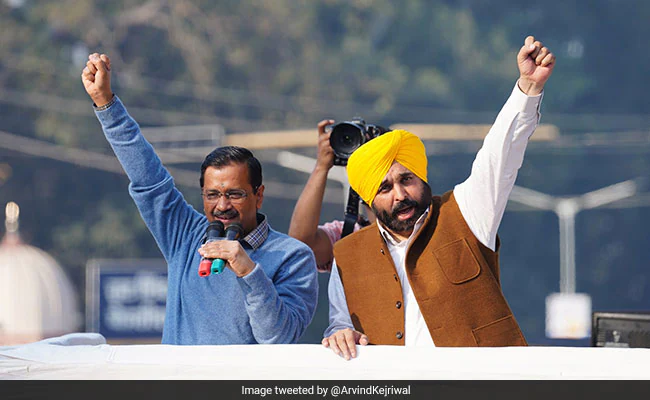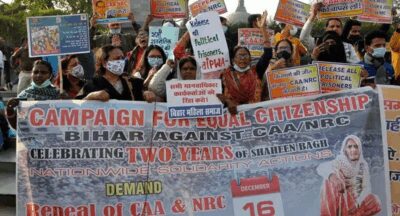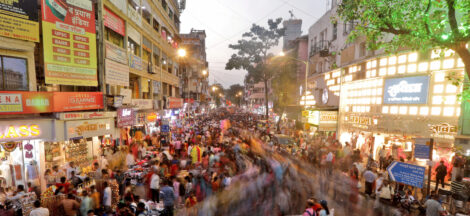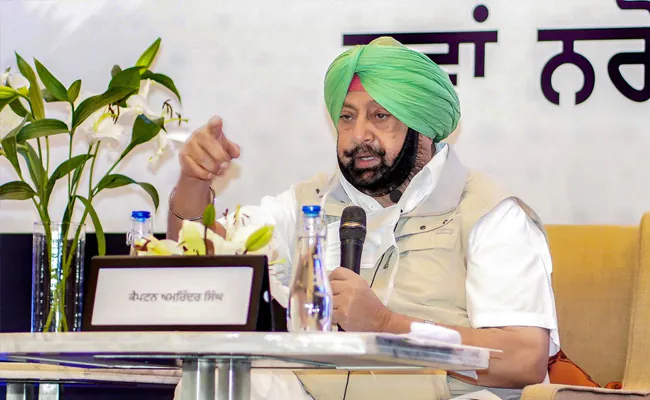Arvind Kejriwal’s Aam Aadmi Party, in its second attempt, has taken Punjab, giving the eight-year-old outfit its second state after Delhi.
“This shows AAP is the natural and national replacement of the Congress,” said Raghav Chadha, who ran the Punjab campaign for his party, in an exclusive interview to NDTV.
By 9 am, it was clear that Punjab had embraced AAP, which placed second in the last election five years ago, defying several exit polls that had then forecast it as the winner. This time around, all exit polls gave AAP the clear lead in Punjab.
In fact, the party’s phenomenal result was at the cost of the incumbent Congress, which, at 10.30 am, was down to 13 seats compared to 77 in 2017.
The Congress made a last-minute change to its Chief Minister in November, replacing Amarinder Singh, its most senior leader in Punjab, with Charanjit Singh Channi, a Dalit leader with a mass base. The move was seen at the time as a clever manoeuvre by Congress leader Rahul Gandhi – Amarinder Singh was reported to be unpopular with both MLAs and with voters, who saw him as inaccessible and out of sync with the needs of his state.
Channi was installed as the head of the government in the face of much public resistance from Navjot Singh Sidhu, the fast-talking former cricketer, who wanted the top job for himself. It took several interventions by Rahul Gandhi to rein in Navjot Sidhu; it was only in February that Rahul Gandhi announced that Mr Channi as the party’s presumptive Chief Minister; Mr Sidhu was by his side at the time of that declaration but the in-fighting had done its damage.
Arvind Kejriwal said Chief Ministerial candidate was Bhagwant Singh Mann, a decision that he said was based on a phone-in survey conducted by AAP among its supporters. The intense campaign for the border state saw AAP – and Arvind Kejriwal – accused by opponents of fraternising with secessionists who want an independent state of Khalistan. Opposition leaders said that Punjab’s security would be compromised if AAP was given charge of the state. None of that appears to have mattered in the slightest to the voters.
With inputs from NDTV




 Amarinder Singh loses in Patiala
Amarinder Singh loses in Patiala 